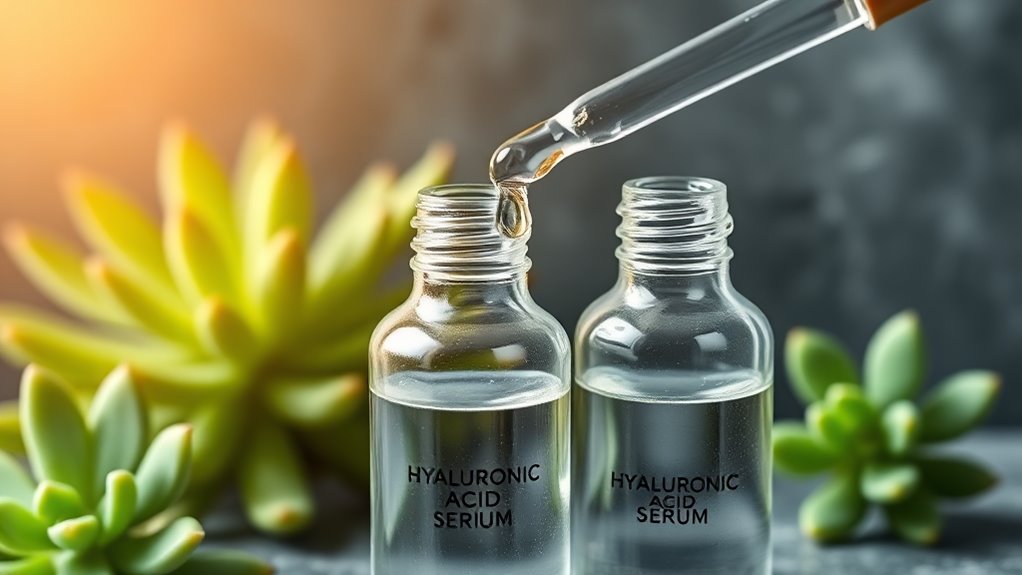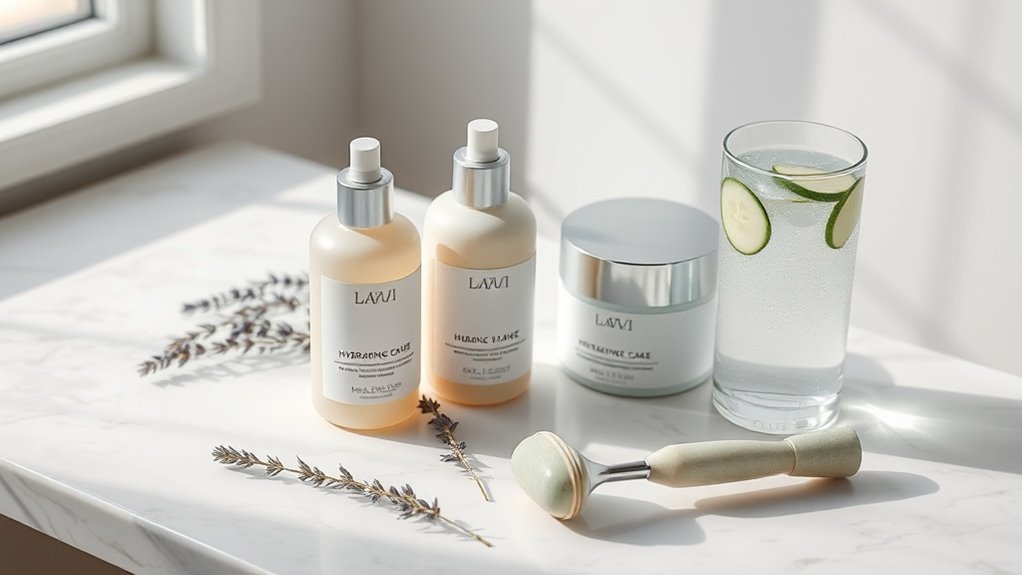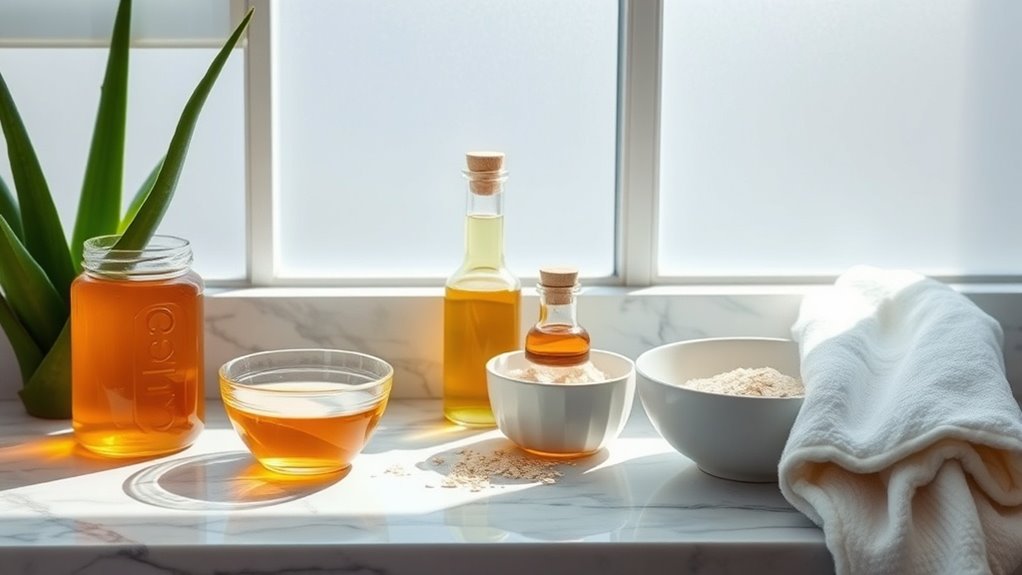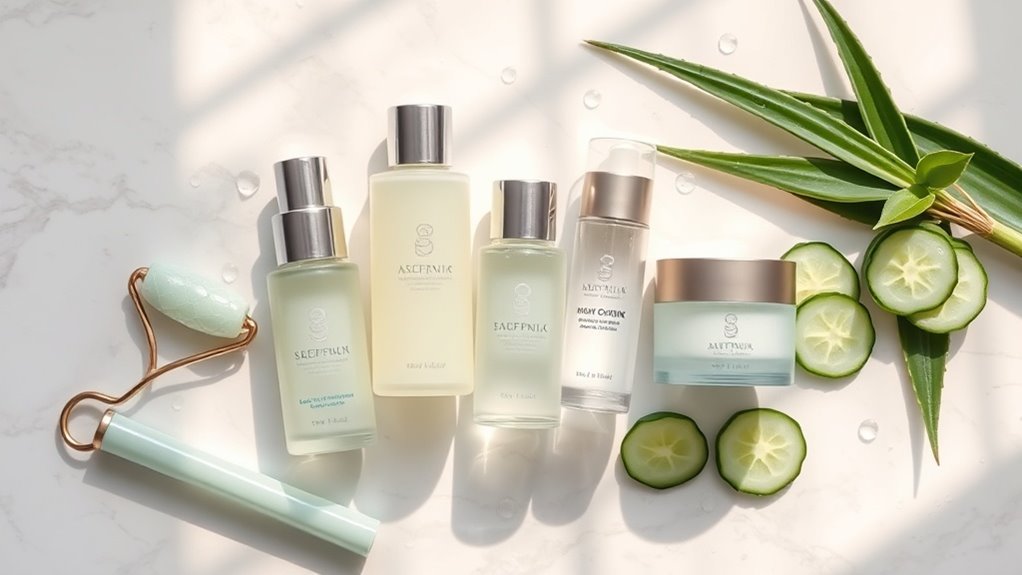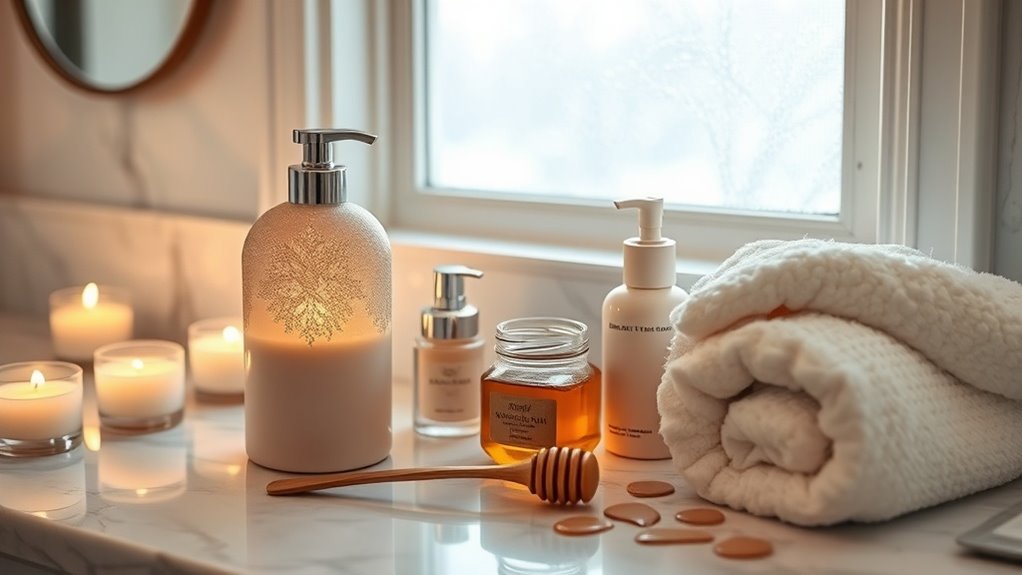How to Hydrate Oily Skin Without Making It Worse
Hydrating oily skin can be tricky, as the wrong products can lead to increased shine and breakouts. To effectively manage this balance, it’s essential to choose lightweight, non-comedogenic moisturizers that won’t clog pores. Understanding the specific hydration needs of your skin type is crucial. Let’s explore the best strategies and products that will help you maintain moisture without compromising clarity and balance.
Understanding Oily Skin and Its Hydration Needs
When you think about oily skin, it’s easy to assume that extra moisture isn’t necessary; however, understanding its unique hydration needs is crucial for achieving a balanced complexion.
Oily skin often results from overactive sebaceous glands, which can mislead you into thinking it doesn’t require hydration. In reality, dehydrated skin may produce even more oil in response to dryness.
To effectively manage this, you need to focus on hydrating oily skin with lightweight, non-comedogenic formulas that restore moisture without clogging pores. Ingredients like hyaluronic acid and glycerin are effective for binding water to your skin, ensuring it remains supple. This is vital because moisturizing myths can lead to misunderstanding how hydration functions in promoting skin balance.
This hydration helps balance oil production while preventing breakouts, leading to a healthier, more radiant complexion.
Choosing the Right Lightweight Moisturizers
Selecting the right lightweight moisturizers is essential, particularly for those with oily skin, as the wrong product can exacerbate oiliness and lead to breakouts.
When choosing a moisturizer, you should consider the following factors:
-
Non-comedogenic: Ensure it doesn’t clog pores.
-
Oil-free formulation: Look for products without heavy oils that can increase shine.
-
Water-based: These moisturizers hydrate without adding unnecessary weight or grease.
-
Fast-absorbing: You want a product that sinks in quickly to prevent a slick finish. Additionally, remember that using the right cleanser can significantly enhance the effectiveness of your moisturizer by preparing your skin for optimal hydration.
Key Ingredients to Look For
Identifying key ingredients can significantly enhance the effectiveness of your moisturizer for oily skin. Look for lightweight, non-comedogenic options that won’t clog your pores.
Ingredients like hyaluronic acid are essential since they draw moisture into the skin without adding oil. Additionally, niacinamide helps regulate sebum production, which can reduce oily shine while providing anti-inflammatory benefits.
Glycerin is another great choice; it hydrates and acts as a barrier against moisture loss. You might also consider salicylic acid, as it helps exfoliate and prevent breakouts.
Lastly, gel-based formulas often deliver hydration effectively without excess oil. By focusing on these ingredients, you’ll be better equipped to maintain balanced hydration without exacerbating your oily skin concerns. Furthermore, incorporating products that support skin barrier repair can help improve overall skin health and resilience.
Application Techniques for Maximum Hydration
Maximizing hydration for oily skin not only depends on the right ingredients but also on the techniques you use to apply your products.
Effective application can enhance absorption and reduce excess oil production. Here are key techniques to consider:
-
Apply on Damp Skin: Hydration products penetrate better on slightly wet skin, trapping moisture effectively.
-
Use Gentle Pressing Motions: Instead of rubbing, softly press products into your skin to avoid irritation and improve absorption.
-
Layer Lightly: Start with lighter formulas and build up as needed, preventing heavy applications that can lead to breakouts.
-
Don’t Skip Sunscreen: Incorporate a non-comedogenic sunscreen daily to maintain moisture while protecting your skin.
Additionally, proper layering techniques can further amplify the effectiveness of your hydration routine.
Implementing these techniques can help you achieve optimal hydration without exacerbating oiliness.
Additional Tips for Managing Oily Skin
While oily skin can often feel challenging to manage, adopting a strategic approach to your skincare routine can significantly improve both hydration and overall skin health. Start by using a gentle, non-comedogenic cleanser twice daily to remove excess oil without over-drying. Incorporating water-based or gel moisturizers can provide hydration without clogging pores. Regular exfoliation, about 2-3 times a week, helps prevent dead skin buildup, which can exacerbate oiliness. Look for products containing salicylic acid or niacinamide; both are effective for oil control. Additionally, consider the regular use of clay masks to help absorb excess sebum and maintain balance. Lastly, consider incorporating a clay mask once a week to absorb excess sebum. Staying hydrated internally by drinking plenty of water will also impact your skin’s appearance positively. Prioritize consistency for the best results.
